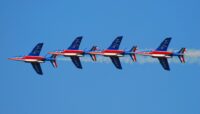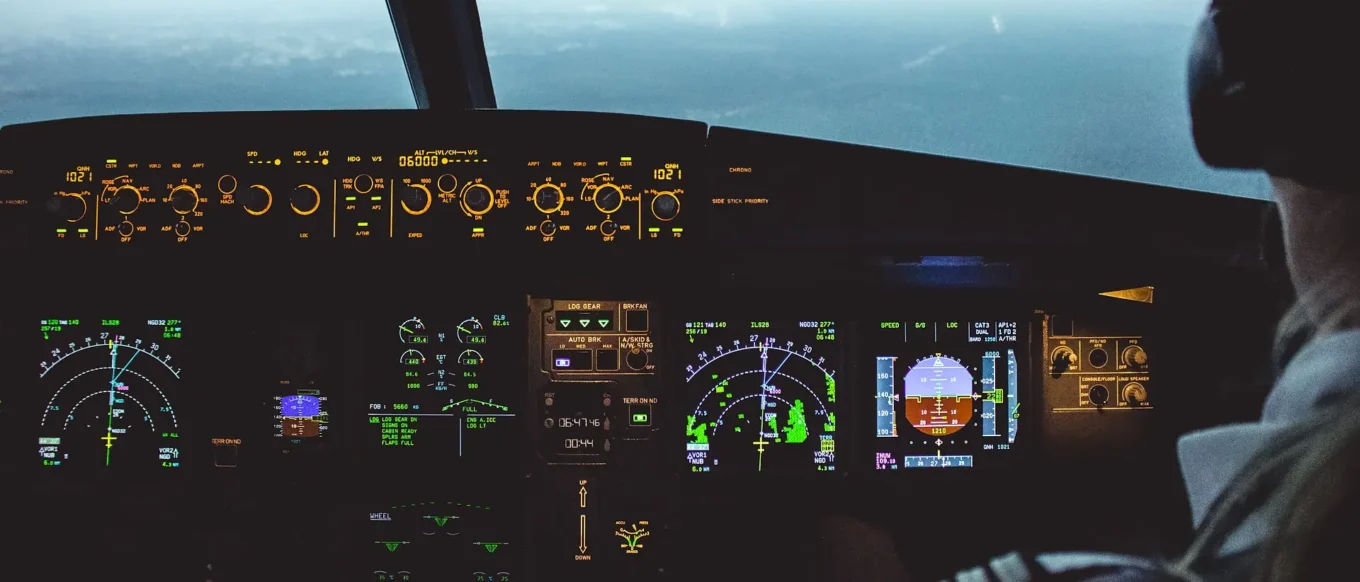Landing an aircraft is no small feat, especially when the weather turns nasty. Thick fog, heavy rain, or low clouds can make a runway nearly impossible to see until the last few seconds. Yet, planes land safely every day in such conditions. How? It’s all thanks to the Instrument Landing System (ILS)—a silent guardian that has transformed aviation safety.
A Simple Yet Powerful Technology
The ILS is like a high-tech guiding hand, ensuring aircraft stay perfectly aligned and descend at just the right angle for a smooth landing. Installed at airports around the world, this ground-based system uses radio signals to communicate with onboard instruments. These signals provide two critical pieces of information:
- The Localizer: It tells the pilot whether the aircraft is lined up with the center of the runway.
- The Glide Slope: It ensures the plane is descending on the ideal approach path, typically at a 3° angle.
Pilots rely on cockpit instruments to interpret these signals, making constant adjustments to stay on track. It’s precision flying, guided by technology.
Why the ILS Matters
Imagine you’re flying into an airport surrounded by mountains, with visibility so poor you can barely see the wing. The ILS is the safety net, guiding you step by step toward the runway. Even in near-zero visibility, it ensures that aircraft stay clear of obstacles and land exactly where they should.
It’s particularly vital for airports prone to bad weather or for night landings when visual references are scarce. Pilots may not always see the runway until they’re just a few hundred feet above it—but with the ILS, they don’t have to.
A Lifeline for Pilots
The beauty of the ILS is that it works for everyone, from trainee pilots to airline captains. For student aviators, it’s the foundation of learning precision approaches. For experienced pilots, it’s a tool they rely on to operate safely in the most challenging conditions.
Modern airliners even integrate the ILS into autopilot systems. This allows for automatic landings during low-visibility operations, known as CAT III approaches. In these cases, the ILS does most of the work, guiding the aircraft all the way to touchdown while the pilot monitors systems closely.
Beyond the ILS
While the ILS is the gold standard for precision approaches, it’s not without its limitations. Terrain, tall buildings, or even vehicles near the antennas can interfere with the signals. That’s why airports and airlines are also turning to newer technologies like satellite-based approaches and GBAS (Ground-Based Augmentation Systems).
But even with these advancements, the ILS remains a reliable backbone of aviation. It’s tried, tested, and trusted by pilots worldwide.
Final Approach
Next time you’re on a plane descending through clouds toward a seemingly invisible runway, think of the ILS. It’s the quiet hero that ensures safe landings, day after day, flight after flight. For pilots, it’s a critical ally; for passengers, it’s a reassurance that no matter the weather, the journey will end safely.
The ILS might not get much attention, but without it, modern aviation wouldn’t be what it is today—a marvel of precision and safety.








